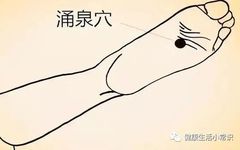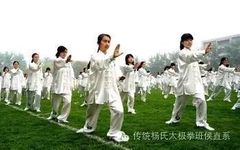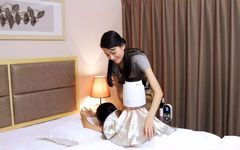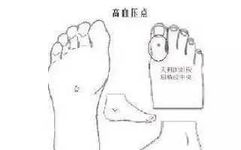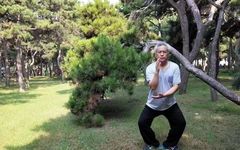Traditional Chinese Medicine: 10 Acupoints for Healing (Detailed Diagrams), Easy to Learn, Recommended for Collection and Sharing
As early as two thousand years ago, our ancestors recognized that there are many special sensory points on the human skin. The famous medical classic, Huangdi Neijing (The Yellow Emperor’s Classic of Internal Medicine), written between the 5th century BC and the 1st century AD, pointed out that “the points of qi have their respective … Read more

